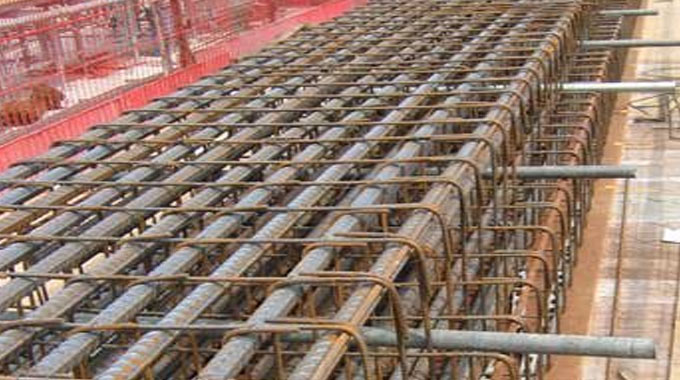NEWS | SOFTWARE | SHEET
Least Steel Support in Concrete and Clear Coat Necessities

The least quantity of steel support is determined as that for which maximum burden at initial concrete bursting and eventual burden subsequent to steel bending are identical. Like this, any breakable presence is averted along with any confined breakdown, provided that the component is not extremely supported.
Alternatively stated, there is a support proportion scope, according to the amount-level, inside which the synthetic end study could be utilized with its stationary and kinetic principles.
A least amount of part of support is needed to regulate the bursting, which happens in the concrete because of climate, contraction and crack. It allows cracking to be unvaryingly spread and as a result reduces individual crack breadth.
The subsequent principle has been utilized to decide the representative sample region of climate or least support needed in hydraulic constructions. The proportions signified are according to the total plane section part of the cement to be toughened. Where the width of the part goes beyond fifteen (15) inches (380 millimeter), a width of fifteen (15) inches (380 millimeter) must be utilized in concluding the condition or least support.
The climate support must not be lower than half inch at nine (9) inch core to core. Every cement calming tubs, panes and floorings and the entire cement covers constructions (with block width greater than fifteen inch) should be toughened in the uncovered (tip) surface with ¾ inch supports at twelve (12) inch middle to middle, both methods, set three (3) inch evident from cement surface, except differently planned.
So-called support of concrete channel slabs, blocked slabs and beams for pacifying channels, floors and additional part of constructions must comprise ¾ inch blocks at twelve (12) inch middle to middle, equally.
Climate and contraction support must be consistently spread along with surfaces of construction constituents to manage bursting because of climate alterations, creep, and contraction.
According to the width of the fundamental component, it is ideal that the midpoint-to-midpoint design of the main and resultant support be equivalent to or lower than 300 millimeter; on the other hand, in no instance should it go beyond 450 mm.
The least apparent width connecting bars must not be lower than 1.4 times the slab width or 1.4 times the supposed greatest amount of the coarse agglomerate, whatsoever is larger. This necessity also addresses to the apparent stretch in the midst of a connection course bond and nearby joints and blocks.

Image Courtesy: aboutcivil.org
To read the complete article, go through the following link: aboutcivil.org
